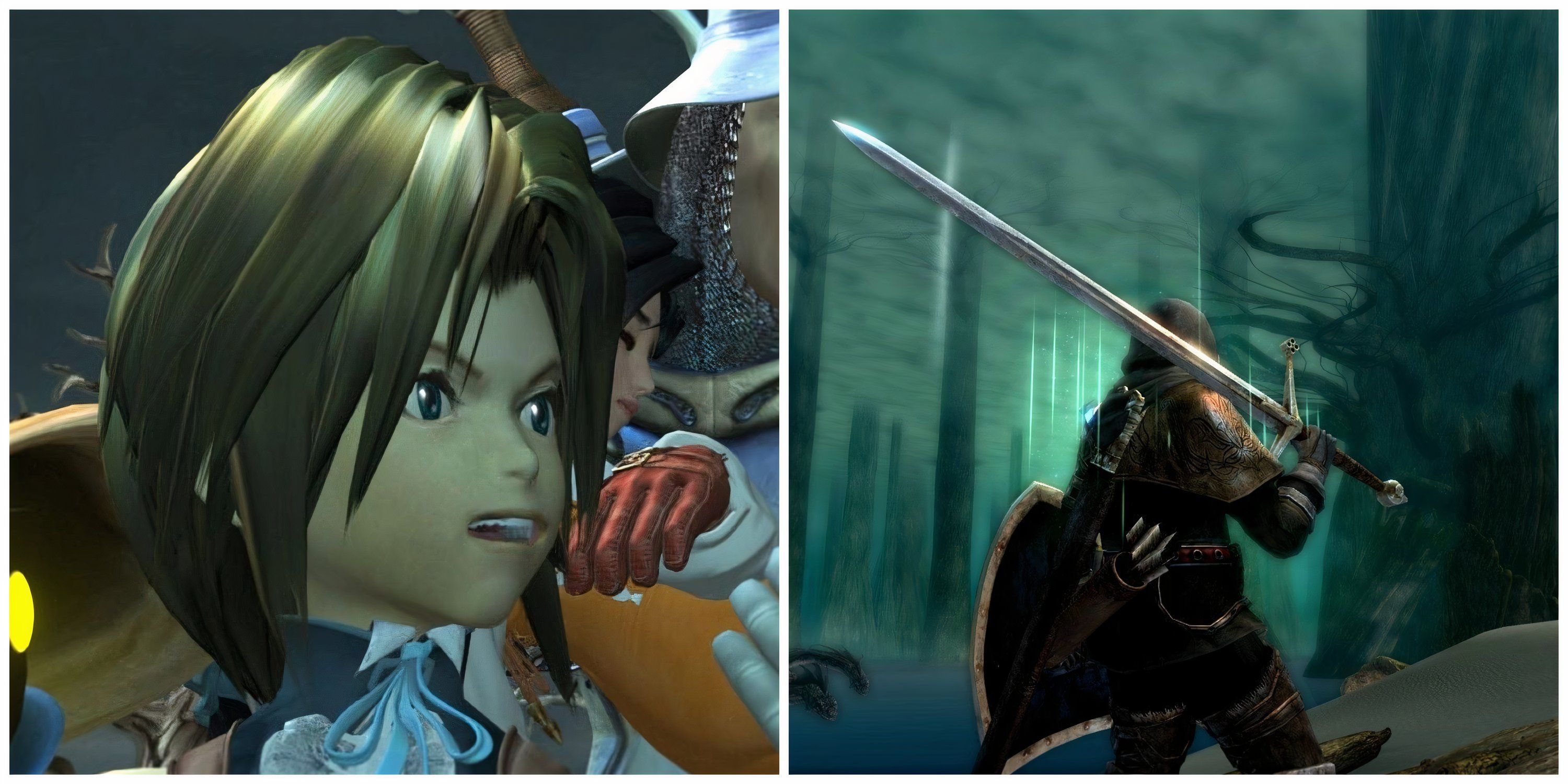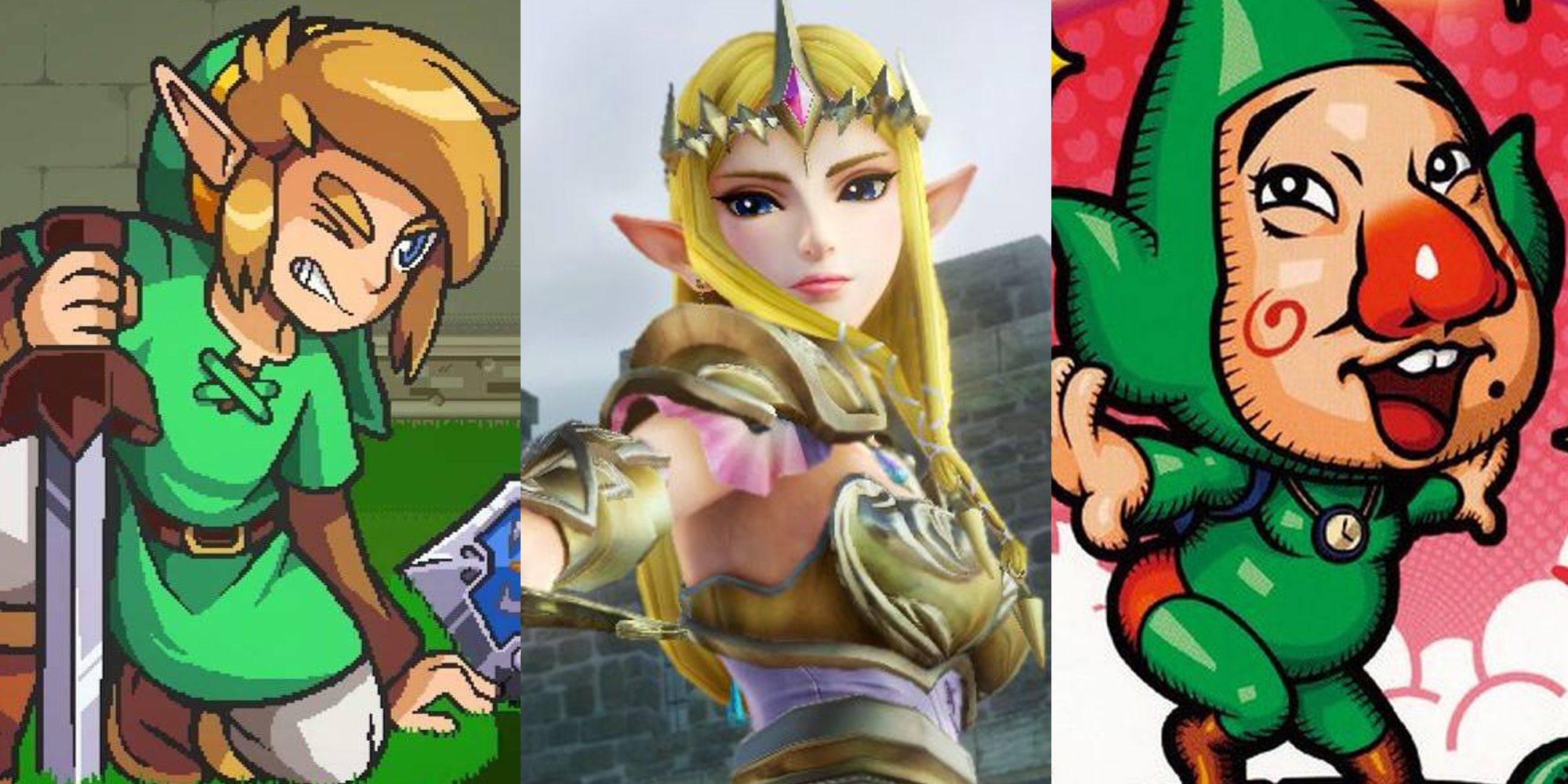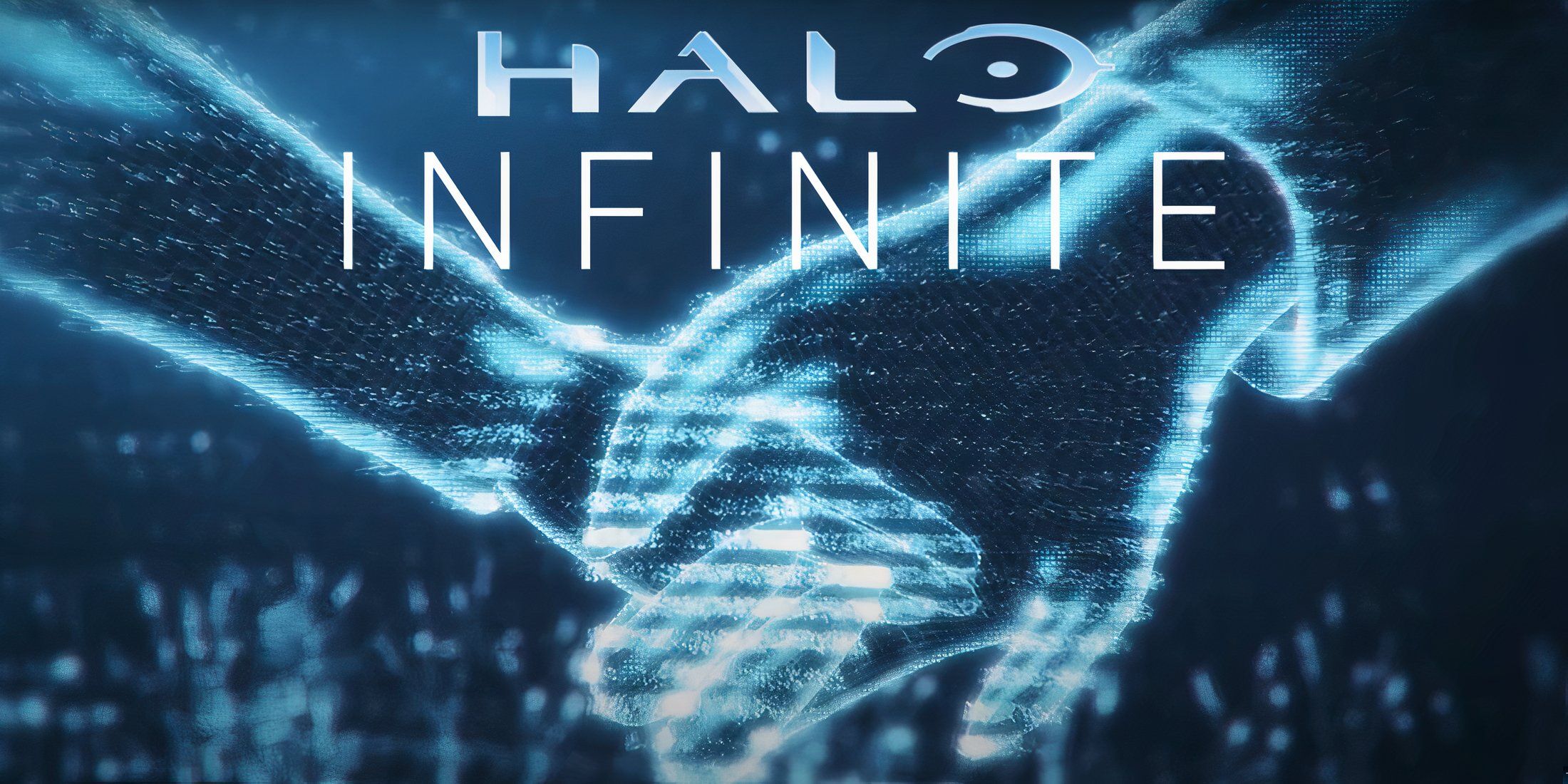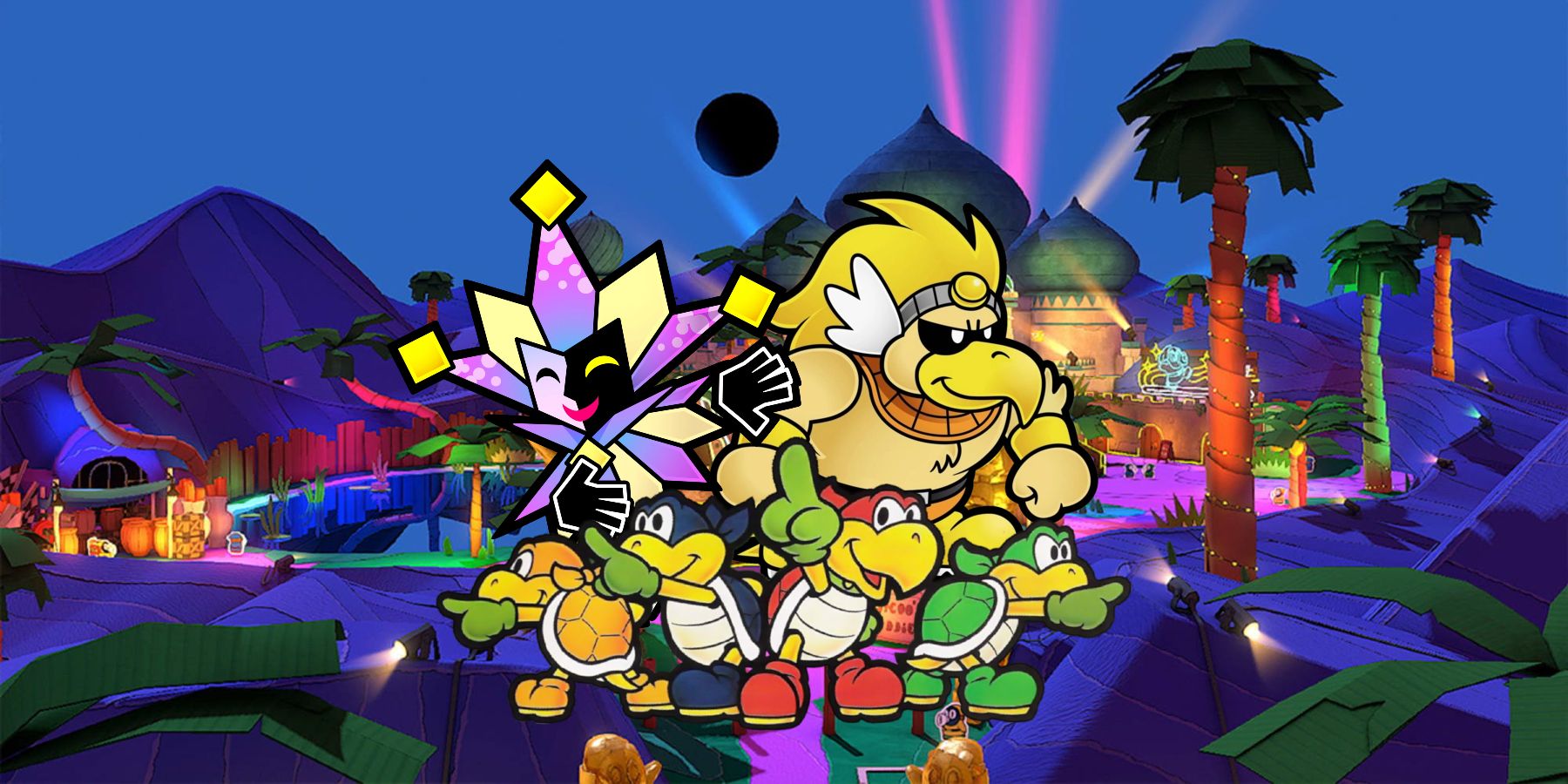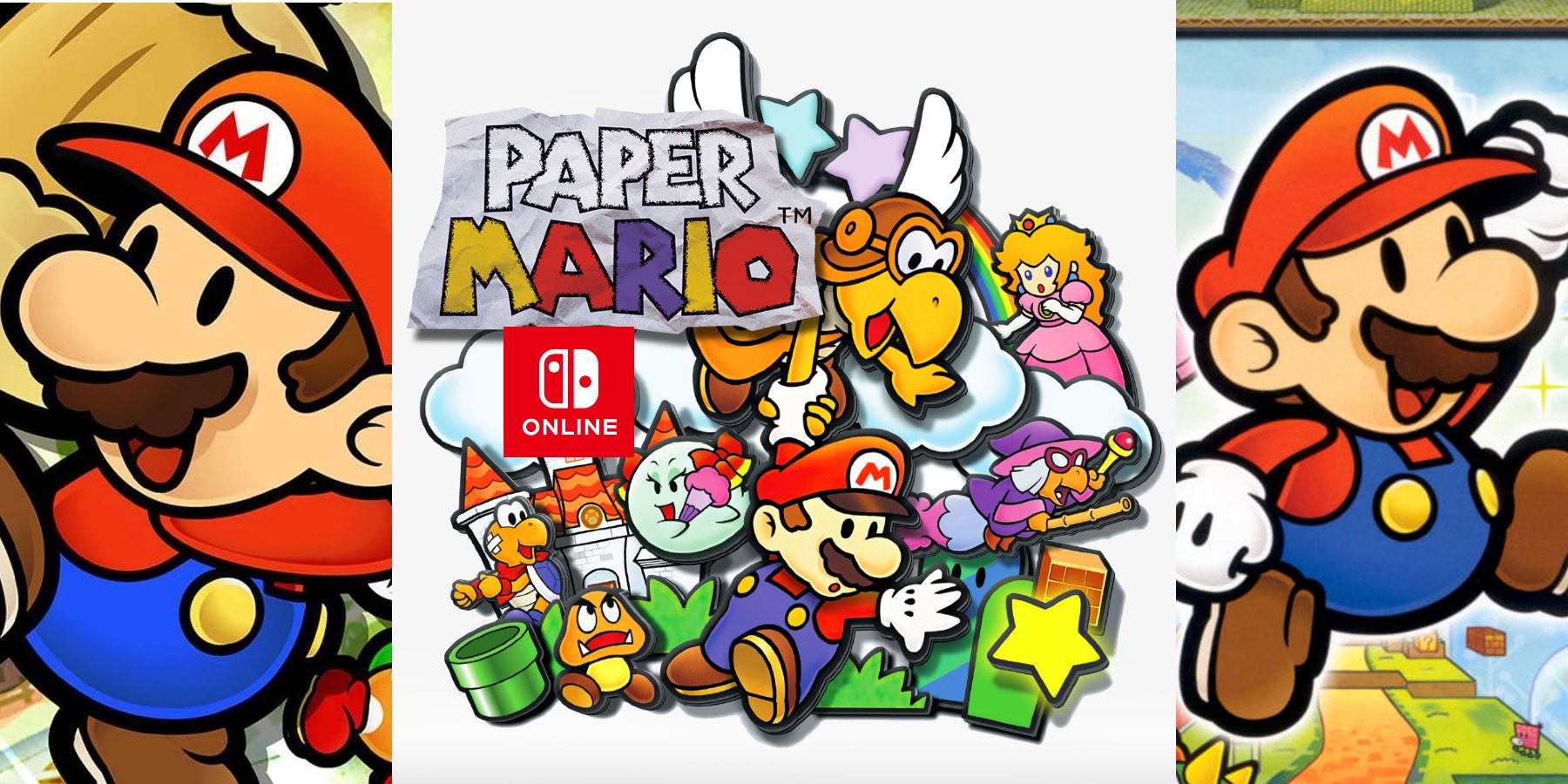Nintendo's Super Mario franchise has long been characterized by groundbreaking platformers, from Super Mario Bros. on NES to modern 3D sandbox games like Super Mario Odyssey. However, many see the mascot's RPG adventures as finer examples of the character in action. From Square's Super Mario RPG: Legend of the Seven Stars and Intelligent Systems' Paper Mario to AlphaDream's Mario & Luigi franchise, the dialogue-heavy genre gives Mario and friends more opportunities to build relationships.
The first Paper Mario released in 2000 as a spiritual successor to Super Mario RPG. It spawned a franchise that is still going with 2020's The Origami King, which can't be said for Mario & Luigi after AlphaDream filed for bankruptcy in 2019. However, many fans lament Paper Mario's transition from traditional turn-based RPGs to more experimental paper craft games with less-unique casts. As older entries come back around, future Paper Mario games could circumvent their apparent restrictions by leaning on nostalgia.
How the Paper Mario Brand Has Shifted
Paper Mario on Nintendo 64 and its GameCube sequel The Thousand-Year Door were turn-based RPGs with a twist; iterating upon the active commands of Super Mario RPG to introduce a variety of moves powered up by timed button presses or tilted analog sticks. Then Super Paper Mario on Wii took things in a different direction, incorporating real-time combat into platforming across 2D and 3D spaces.
All three titles were notable for having an exotic cast of characters, from Mario's allies being iterations on common enemies (such as Bombette the Bob-omb or Goombella the Goomba) to entirely new races like The Thousand-Year Door's Shadow Sirens or Super Paper Mario's Pixls. However, in what many consider a "dark turn," Paper Mario: Sticker Star on 3DS scaled things back with a focus on unaltered Super Mario characters - notably using all basic Toads rather than uniquely designed individuals.
The combat in Sticker Star was also simplified, returning to something like a turn-based RPG but with every attack requiring a consumable sticker alongside a focus on real-world "Things" like staplers. Color Splash on Wii U was similar in terms of combat and character design, and while The Origami King took a step in the right direction with more memorable characters and locations, its puzzle-based combat was polarizing. Producer Kensuke Tanabe has said innovating the combat in every recent Paper Mario game is purposeful.
Returning Characters Could Bring Personality Back to Paper Mario
The overall change in atmosphere with recent games has similarly been driven by executives, according to Tanabe. Around the time of The Origami King's release, he said Paper Mario developers had strict rules from Shigeru Miyamoto about introducing new characters. While brand-new entities like the titular Origami King Olly were okay, modifying traditional Super Mario characters was less permissible. He would discuss these limitations as being mostly in-place for Sticker Star, with the team having more freedom later, yet "all character designs have to pass a check by our IP team, which is pretty strict."
Though characters like Bobby from The Origami King certainly stand out, they lack the more interesting visual quirks seen in the designs for Bombette, Admiral Bobbery, and others from the original two Paper Mario RPGs. This was made even more obvious following the release of Paper Mario through Nintendo Switch Online's N64 library last December. However, it's possible that re-popularizing the original titles could lead to more experimentation.
With The Origami King's improved atmosphere and designs like Professor Toad, whatever game comes next could do even more. If Intelligent Systems finds itself chaffing against IP restrictions, perhaps the return of Paper Mario could convince executives to let the team bring back established variants like Mario's partner Parakarry - or even antagonists such as the Teenage Mutant Ninja Turtles-inspired Koopa Bros. Since Paper Mario's apparent restrictions center traditional Super Mario entities, various races and characters invented for the franchise could more easily return.
Some may see it as nostalgia pandering if the developer let Mario check in on characters like Dimentio; Super Paper Mario's trickster antagonist who served a similar role to Kirby Super Star's Marx. However, if handled well, returning characters could bridge the gap between old and new fans while setting up interesting adventures that may not be as hard to get past Nintendo. It seems unlikely, but at least the future for Paper Mario looks bright thanks to The Origami King and Switch Online's N64 library

